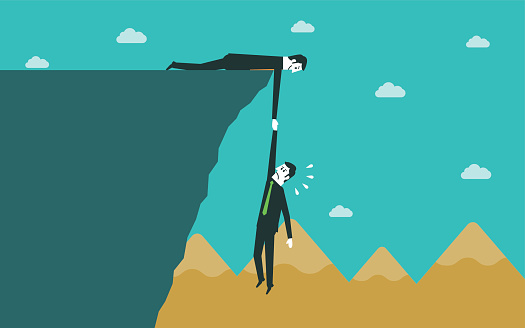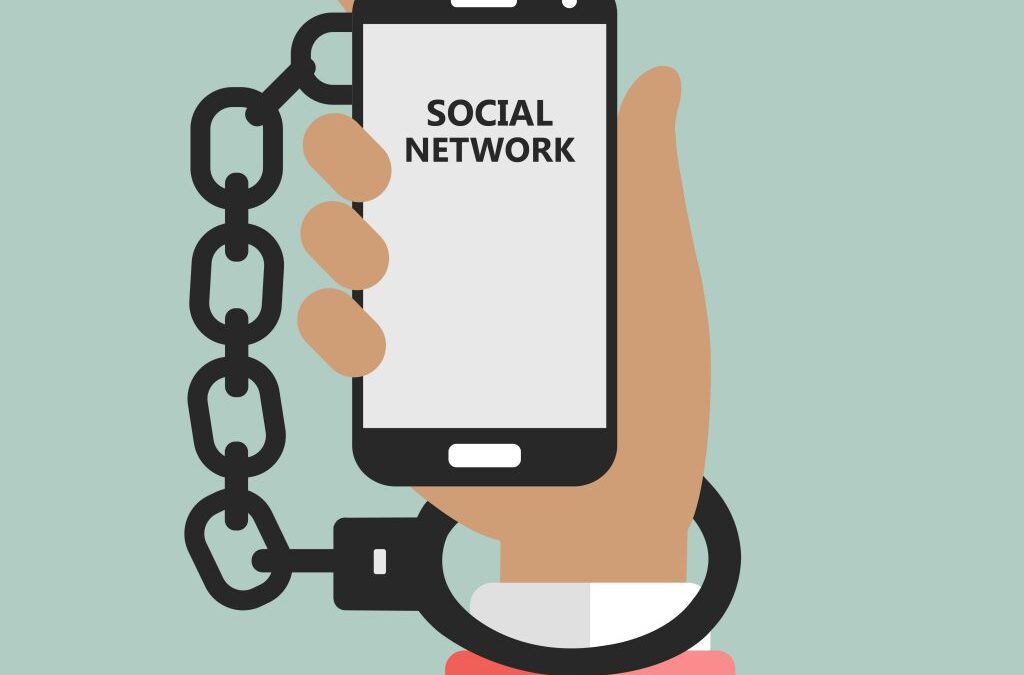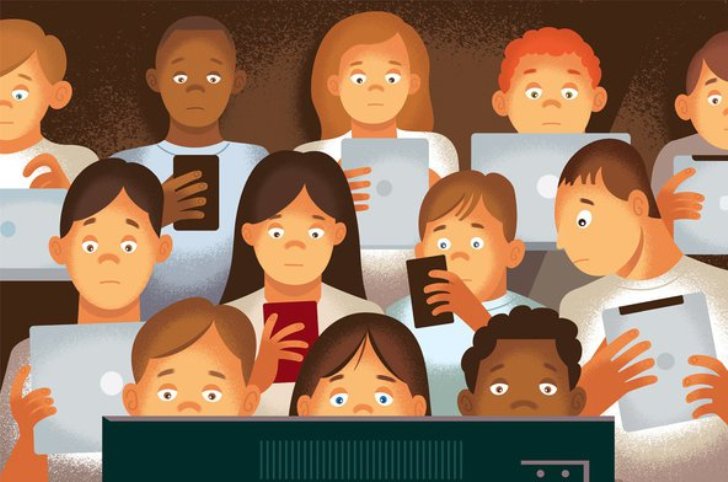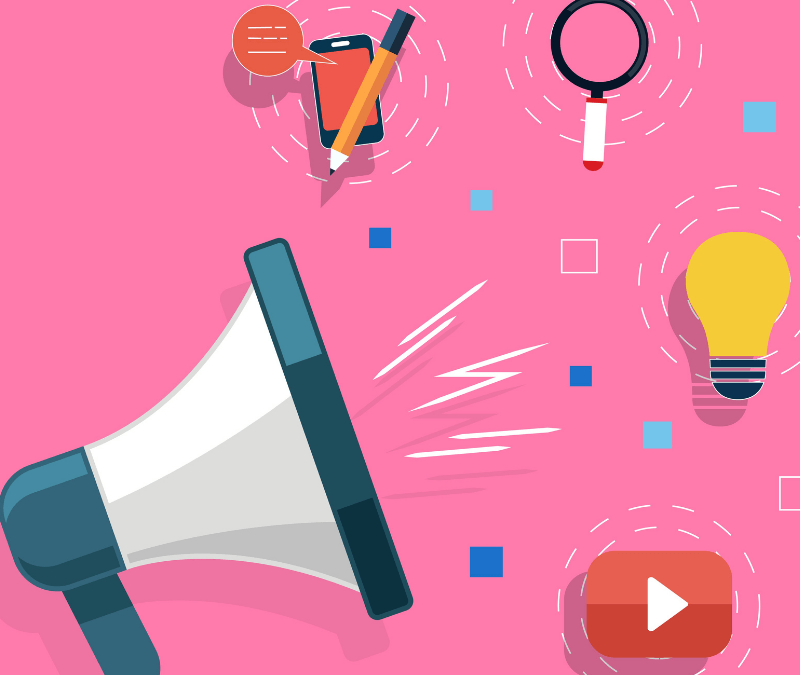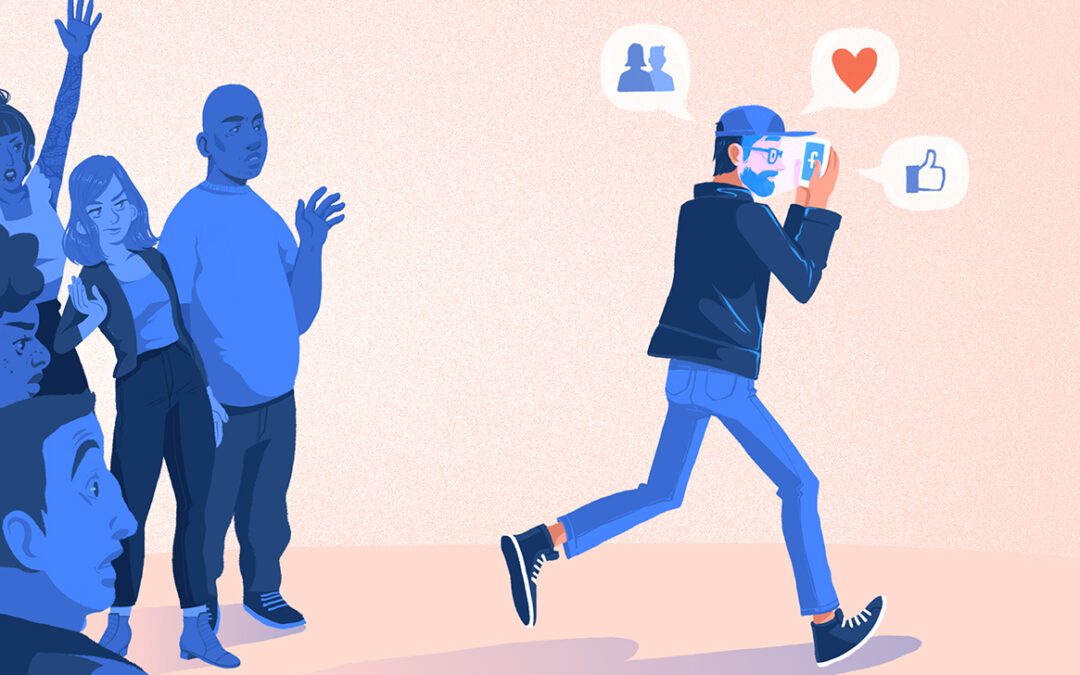
5 Ways your Activity on Facebook May be Affecting your Career
Social media today has become intertwined with our very existence in ways more than one. It is really no longer a joke that everything we are doing – what food we’re eating, what music we’re listening to, what our coordinates are, it is all on social media. So how does leading our lives on social media impact our career? Could it have an adverse impact? Yes it could, and if you can’t do without Facebook, here are five ways you are potentially killing your career because of it!
-
Telling the world how much you hate your boss
Surprise, surprise (but really are you surprised?), making your opinions vocal about your superiors or colleagues at work on Facebook will not remain a secret from them. And how this could damage your reputation and career at your work place is anybody’s guess. Controlling these urges is a good idea because while it wouldn’t help you in any way, it would surely come with adverse consequences you would have to face. Besides making you look immature and petty, it might actually cost you your job!
-
Not making use of your privacy settings
Facebook has privacy controls you can set to make your posts visible to select audiences. Not all your posts need to be visible to everyone on your friend list – especially if you have professional contacts on your friend list. While the general principle of thinking before you post needs to apply to every person using social media, for professionals, you need to go one step ahead and decide whether what you are posting will have a detrimental impact on your professional image and if you should perhaps control the extent of its visibility.
-
Your profile picture
Companies today are increasingly making use of a candidate’s information on his/her social media to aid the decision-making process leading up to recruitment. In this scenario, everything you do on social media could have an impact on the hiring decision the company makes. However, the one thing that makes an immediate impression on your social media profile is your profile picture. Using a bad quality photograph, or an inappropriate one wouldn’t help you come off as professional.
Want to know what makes for a good profile picture? Read our post about it here. -
The content of your posts
While you do have every right of sharing your opinion on current issues, it is important to be sensitive and responsible in what you say if the issue at hand is a controversial one. Remember that this also has an effect on what your colleagues might think of you – in case you come off as too radical. In an ideal world, you are allowed to have your opinions without it impacting your work life, sadly, in the real world subconscious bias is a real thing. Besides, being sensitive about what you say on social media is always a good thing – regardless of whether you are a professional. Hasn’t “fake news” brewed enough trouble already?
-
Using the same email address with Facebook and job applications
Did you know that companies today use email plug-ins like “Rapportive”, which automatically collects all social media data linked with the email id you furnish, to get a more thorough idea regarding the potential candidate? This means, your social media footprints will be visible to your potential employer. Social media today is an immensely powerful tool in helping recruiters find the “right fit”. It is almost like a pre-interview. It is therefore wiser to use a separate email ID that cannot be traced back to your social media activity. However, it is always good to do a social media cleanse every now and then, and here is what you need to know about it.
Social media can help you make or break your career. Being strategic and responsible in your usage of social media can reap you more benefits than you imagined. One of the greatest professional advantages of social media is the scope it gives you to create a personal brand for yourself – regardless of who you are and what you do. Want to learn how personal branding works, and how it could benefit you? Read about the power of “brand you” here.

